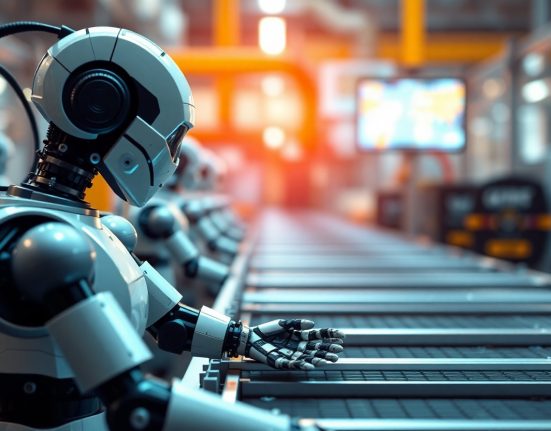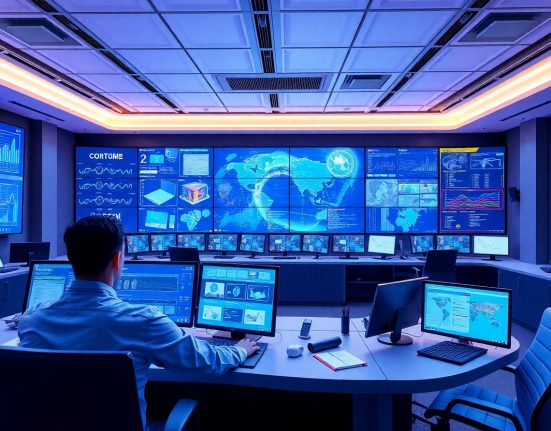Artificial intelligence is no longer just a concept from the future or a flashy marketing term. We live in an era where systems can learn in real time, respond in fractions of a second, and assist in decision-making that was once the exclusive domain of humans. The use of AI to manage processes in real time is changing the way we approach security, transportation, emergencies, commerce and even agriculture. There’s no magic involved. Just precise engineering, massive computing power and algorithms that can recognize patterns, analyze them and act accordingly right at the very moment things are happening.
In military systems, this ability can mean the difference between success and failure. Imagine a system that can track dozens or even hundreds of targets at once, process data from the field, detect anomalies, identify threats and send alerts or even initiate a smart response all within a blink. Air defense systems, autonomous drones and modern operational intelligence are already using these capabilities. These are tools that understand context, factor in variables like terrain conditions or sudden movements, and respond accordingly. It’s almost like having a second brain that stays completely calm even when everything else is chaos.
But it doesn’t stop with the military. In the civilian world, real-time AI is showing up in just about every area of life. Smart traffic systems reroute vehicles based on live traffic conditions. Power stations are managed by continuous analysis of demand, weather conditions and fault prediction. In healthcare, there are systems today that detect changes in heart rate or blood sugar levels in real time, assess risk and alert caregivers before things get worse. And that’s before we even touch on smart crime detection, crowd management at large events or emotion analysis in customer service.
For AI systems to operate in real time, they need a rare combination of processing power, response speed, parallel computing and data precision. But beyond the tech, they also need smart human planning. It’s not only about what the machine can do but what it should do. The real challenge isn’t just in building the tech. It’s in building it with responsibility, ethics and a clear sense of purpose. We’re not just making machines that act fast. We’re shaping systems that make better decisions and support human needs in real-time situations.
When I look at this progress, it’s hard not to get excited. There’s something genuinely inspiring about machines that think, act and respond. Not like cold robots, but more like intelligent assistants that understand the bigger picture. It feels like we’re creating smart companions that can handle things even better than we can, as long as we guide them with the right intention. This is a world where emergencies are handled faster, human error is reduced and life becomes smoother and more accurate. And this is just the beginning.














